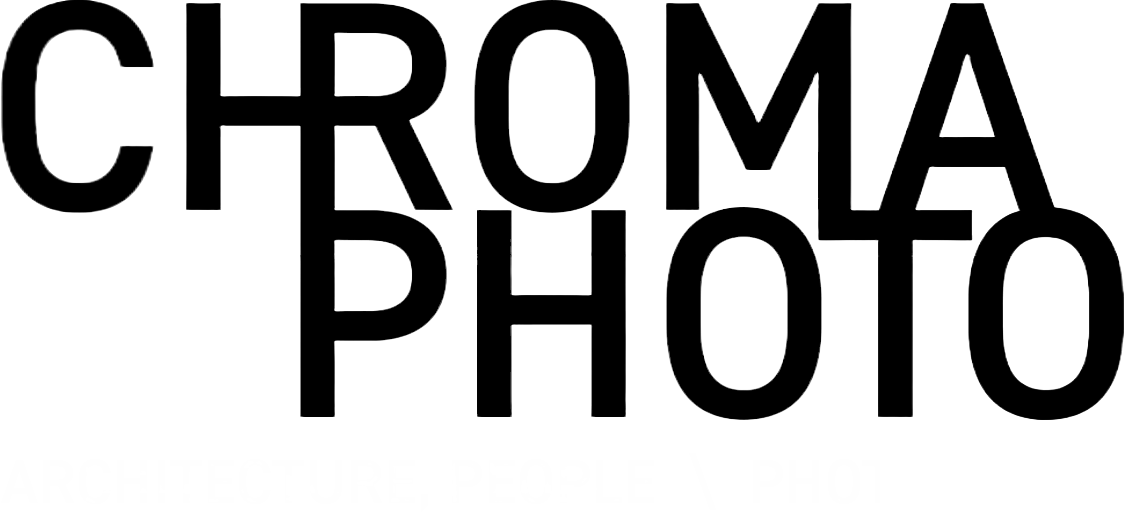The Magic of Tilt-Shift in Architectural Photography
Buildings are BIG
There’s no getting around it.
Whether you’re trying to shoot a university building, a hospital, an office block, or a terraced house (from a modest back garden), trying to fit it all in your camera can be hard. Common sense says to tilt your camera up, making the building lean away from you in the photo.
But architectural photographers have a secret weapon in their arsenal……the tilt/shift lens.
The photo below was created using a Canon TS-E 24mm f/3.5 L. And a little trickery. Read on for more, and a work-in-progress example of how these scenes are shot and edited.
Redbridge Town Hall
What is it?
It’s a specialist lens that works by physically moving the lens on the camera body, allowing the photographer to change the image's perspective and composition. This movement, which can be up, down, or sideways, shifts the image circle within the sensor, enabling the capture of different parts of the scene without physically repositioning the camera. The tilt function has different uses not usually relevant to architecture.
These are fixed lenses (no zoom), so your positioning is important, as is choosing the right one.
Estate agent photography often uses a 17mm or wider lens, which fits lots in, and makes the edges go quite elongated.
I decided on a 24mm lens, which fits lots in, but gives a more natural viewing angle. This is sometimes combined for me with a 1.4x adapter, so I also essentially have a 34mm lens too.
I hope to soon add to my collection a 50mm lens (a good match for how we see the world), which would compress things further, and zoom more. Again, with the 1.4x, this will become a 70mm.
There’s also a 90mm, and a 135mm. These slowly get more specialised, and potentially less useful for these specific cases, as architecture is often constrained by space, and what is wanting to be shown. Money no object, I would have the set though!
These examples are all Canon lenses, which are some of the best available, but do cost around £2500 each new. It’s well worth owning at least one, if you can.
The lenses are all manual focus, and it’s advised to use in conjunction with a tripod to get best and most useful results (though a tripod is almost always recommended for proper architectural shots anyway).
Why?
As I mentioned, seeing buildings appear to lean/loom over the viewer is quite an unnatural feeling that is often avoided, unless for specific reasons. So keeping the vertical lines of a building straight is generally what’s accepted as the normal. This can be corrected in post-production with a normal lens, but never quite looks right, especially the more severely it’s done. So tilt-shifts are used.
You can also use it to shift in other directions (diagonal, horizontal), and again, this keeps your position, but moves where things are on the photo. e.g. I can line up a light or wall edge with the centre of the frame, then shift to the right so I don’t see the face of the wall, but it’s on the left third of the image.
Inside/ Outside
In addition to capturing externals, used internally, the shift function means I can place the lens at head height, and shift to get more or less of the floor/ceiling in the photo, depending on what looks best, and what’s important in the design. It can also be used for stitching photos together, creating a seamless ‘montage’ of a picture.
The below example was on a recent project, trying to capture the staircase and the surroundings. This is obviously not a finished photo; the edges can be filled in in post-production. But the weird shape is because it’s the product of several photos, overlaid and stitched. And this is able to be done so precisely because the tripod and shift (in all directions) function have been used. A single photo (say the centre left side, doesn’t even capture the whole of the right hand balustrade, and vice-versa. A wider lens would have also worked, but it would have had a different compression factor, elongating everything in the foreground and taking the emphasis away from the staircase, stretching it out away from the viewer. To make it even more interesting, it was shot through a glass partition wall….CGI folk tend to sometimes fib a little and put visuals taken through walls, with impossible angles that simply can’t be recreated. So creativity is our best hope!
Special uses
I’ve also been known to use my tilt/shift while recording video; with a very steady hand (and before your fingers start cramping…), you can produce quite an elegant panning motion, either vertically or horizontally, while keeping the scene lines parallel. In a pinch this can be used in place of a camera slider/ gimbal/ drone, though all have their place and specialty.
What should I buy?
Due to the high cost of these lenses, you should think carefully about if you need one in your arsenal. What are you shooting, and how often will the features come in handy? I’d previously had other cameras and lenses before, and was familiar with the field of view the one I bought would give, and researched what was popular for architectural photographers too. I also rented one for one shoot, so I got to try it in the field before I bought it. These can be found from camera shops, or places like FatLlama for £30-40 per day.
If you’ve done all the above, and go for one, it will be a great investment, and hopefully last you many years to come! Mine was used (with a guarantee), and has already done me 4-5 years….and is probably due a service soon too.
Happy shooting!


